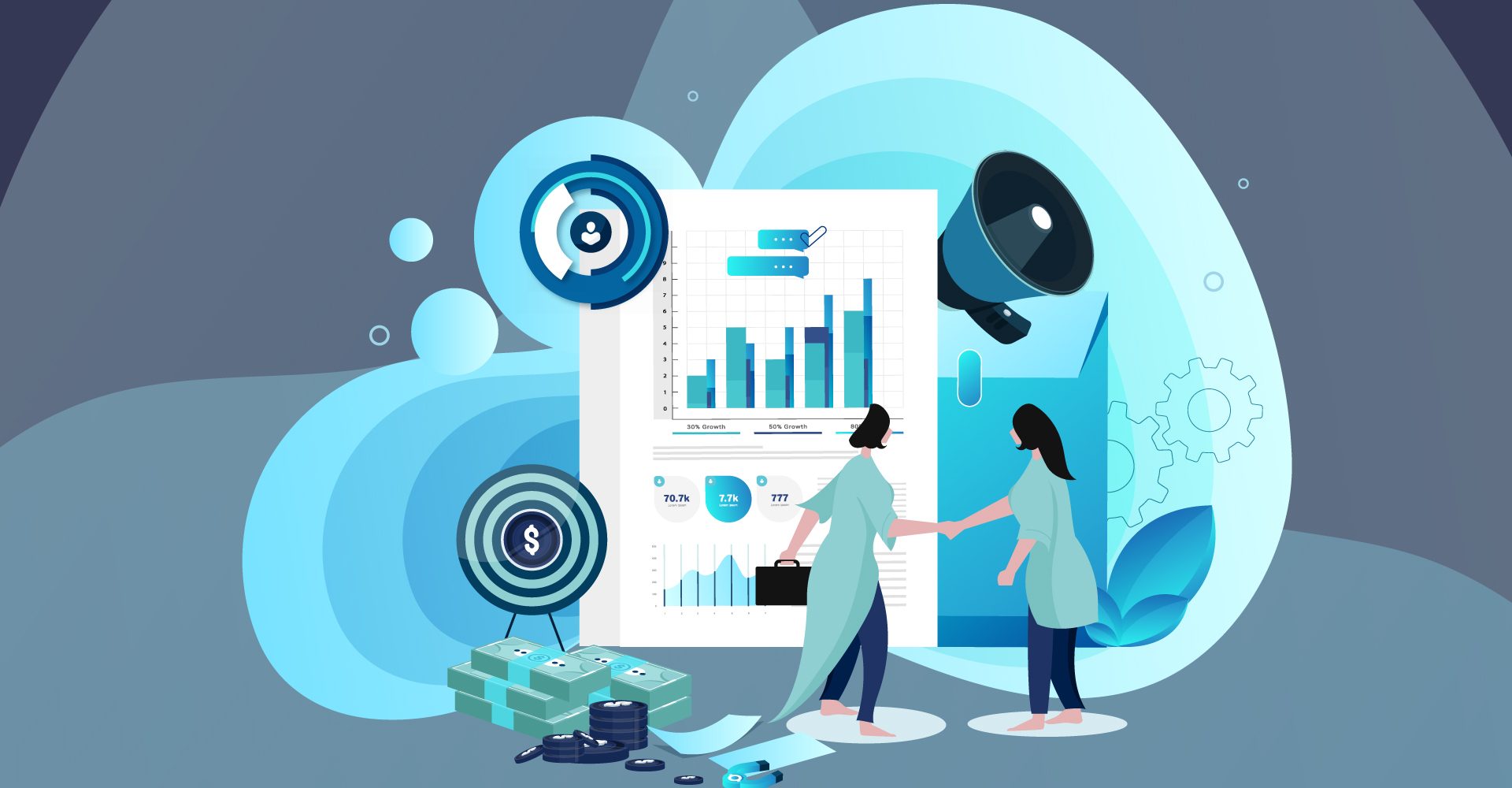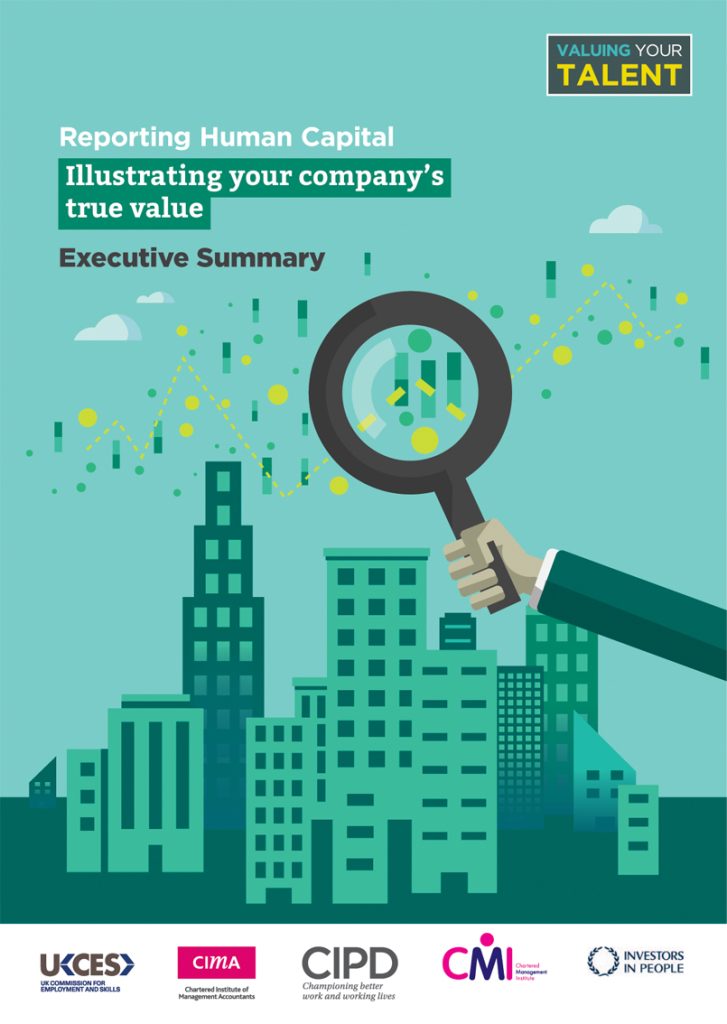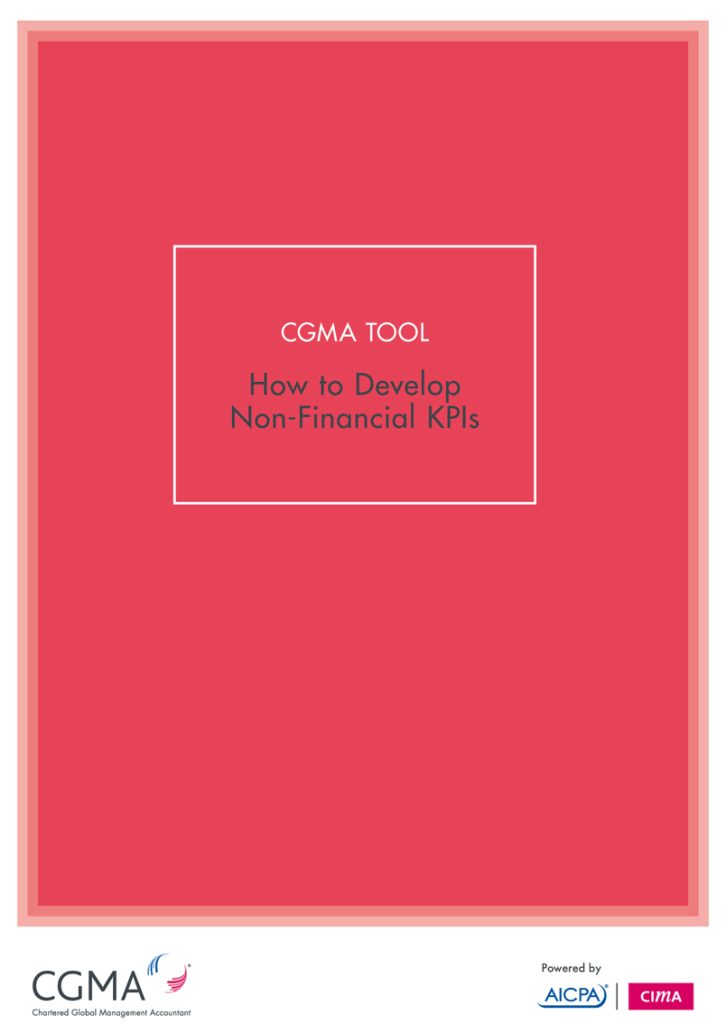By Peter Spence
Businesses are becoming more sophisticated at capturing and disclosing intangible data. Peter Spence, discusses why organisations should value and report intangible assets.
Today’s global economy is increasingly interested in businesses’ nonfinancial performance in addition to standalone financial reports.
Changes in regulatory conditions demand sustainability key points as part of corporate and financial reporting. But sustainability is one of many relevant measures emerging from these new dimensions of scrutiny.
AICPA & CIMA® provide tools and guidance for recognising and developing nonfinancial KPIs and standards for integrating sustainability factors into strategic and tactical reporting. These guides can assist your organisation’s adaptability in documenting and presenting intangible assets — also known as intellectual data, capital, or value.

Evaluating ESG strategies
Business leaders worldwide are increasingly addressing environmental challenges, such as reducing carbon emissions, by developing environmental, social, and governance (ESG) strategies. Disclosing goals, key points, and progress of these ESG initiatives is becoming a required component of conventional financial and company records.
The reporting guidelines from the International Sustainability Standards Board (ISSB) define sustainability accounting information and detail the general criteria for identifying related risks and opportunities. The ISSB is working with the European Commission and European Financial Reporting Advisory Group (EFRAG) to ensure that their standards are interoperable and that necessary climate disclosures are coordinated in a consistent manner as soon as practicable.
These global reporting standards ensure that organisations understand what information to present and that investors or the public know what to anticipate from the reports. They give direction on developing and implementing significant ESG milestones.
Analysing your teams’ strengths
Shareholders or investors need to receive precise employee data. Notable employee misconduct draws public and Government attention, requiring corporations to be more accountable for employee values.
According to CIPD’s Reporting Human Capital study, assessing employees’ knowledge and capabilities is essential. Knowing how and where to develop your staff’s talents can boost and sustain a company’s value.
The study looked at how organisations can reveal their workers’ highest potential by recognising and evaluating the effect and involvement of employees to a company’s success. The research shows the amount and depth of human capital reporting improving across the FTSE 100 companies over two years.
The findings also show that FTSE 100 organisations addressed the challenges with reporting human capital data, demonstrating a more profound interest in employee worth than merely relaying statistical performance.
Disclosing human capital data allows companies to analyse the quality of their workforce, which enhances staff fulfilment in corporate organisations and communities. It’s also priceless data for investors who recognise how people can influence company success.
Determining structural resources
Structural capital coordinates and converts knowledge into valuable assets; its systems and history enable an organisation’s daily operations. Companies are now more aware of handling their information resources appropriately, and leading firms have job positions dedicated to supervising such sources of corporate intelligence.
How to Develop Non-Financial KPIs explains that structural capital encompasses a wide range of critical aspects, including an organisation’s
- Essential operational procedures and how they are organised
- Regulations, communication channels, and database content
- Management structure, leadership, cultural environment, and incentive systems
The structural capital of an organisation’s talent pool extends beyond internal employees — consider vendors, freelancers, and partnering organisations. Their techniques, procedures, and data sources add to your competitive capabilities.
Ideally, a company contributes substantial resources to its structural capital to decrease costs and enhance value potential. Reporting this information helps organisations evaluate their assets and discover low-performing components, leveraging data for future investments and decisions.
Management accountants leading the way
Intangible data contributes to building wealth and the development of other valuable assets. It involves values from nonfinancial performance indicators, leading to organisational innovation, which heavily influences a company’s future.
Management accountants have a clear view of their organisation’s operational model and can identify what produces immediate and projected value. They combine money, business, and management to understand how the company generates and maintains that intangible data. They also gather, analyse, use, and communicate financial and nonfinancial information to help firms seize opportunities and prevent risks.
The evolution in corporate reporting requirements and laws emphasises management accountants’ value. They can educate and guide companies in preparing and adopting the new standards, ensuring the ability of reporting intangible data to better understand an organisation’s financial position.
Peter Spence is Associate Technical Director — Management Accounting of AICPA & CIMA









